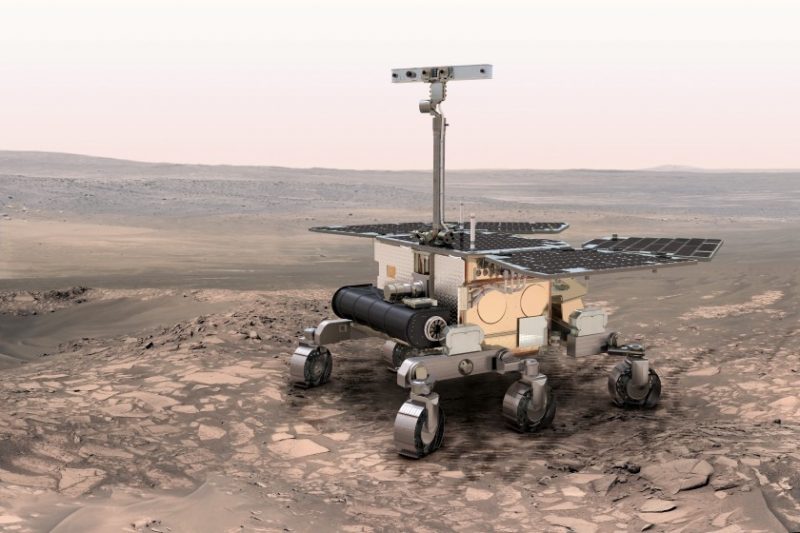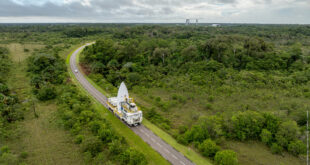
Ibadan, 17 May 2024. – ESA and NASA have formalized the provision of key elements for the Rosalind Franklin rover mission. The space Agencies are consolidating their cooperation on the ExoMars Rosalind Franklin mission with an agreement that ensures important US contributions, such as the launch service, the propulsion system necessary for landing on Mars and heater units for the Rosalind Franklin rover. Furthermore, ESA is working to launch its most ambitious exploration mission to search for past and present signs of life on Mars in 2028.
Rosalind Franklin will be the first rover to drill to a depth of up to two meters below the Martian surface, acquiring samples that have been under protection from surface radiation and extreme temperatures. The mission will thus serve to demonstrate key technologies that Europe needs to master for future planetary exploration missions. ESA’s Director of Human and Robotic Exploration Daniel Neuenschwander and NASA’s Associate Administrator for the Science Mission Directorate Nicky Fox signed the agreement on 16 May 2024 at ESA’s headquarters in Paris, France.
Besides the launch service and throttleable braking engines, NASA, in partnership with the US Department of Energy (DOE) will provide the lightweight radioisotope heater units (RHUs) for the rover. Led by the UK, work on the development and certification of a European RHU to fly on the mission will continue in parallel. The ESA GSTP/ENDURE program (European Devices Using Radioisotope Energy) will deliver an end-to-end European capability for radioisotope heat and power systems by the end of this decade.
Daniel Neuenschwander commented, “This agreement strengthens our collaborative efforts for the ExoMars program and ensures that the Rosalind Franklin rover will set its wheels on Martian soil in 2030. Together, we are opening new frontiers in our quest to uncover the mysteries of Mars.”





